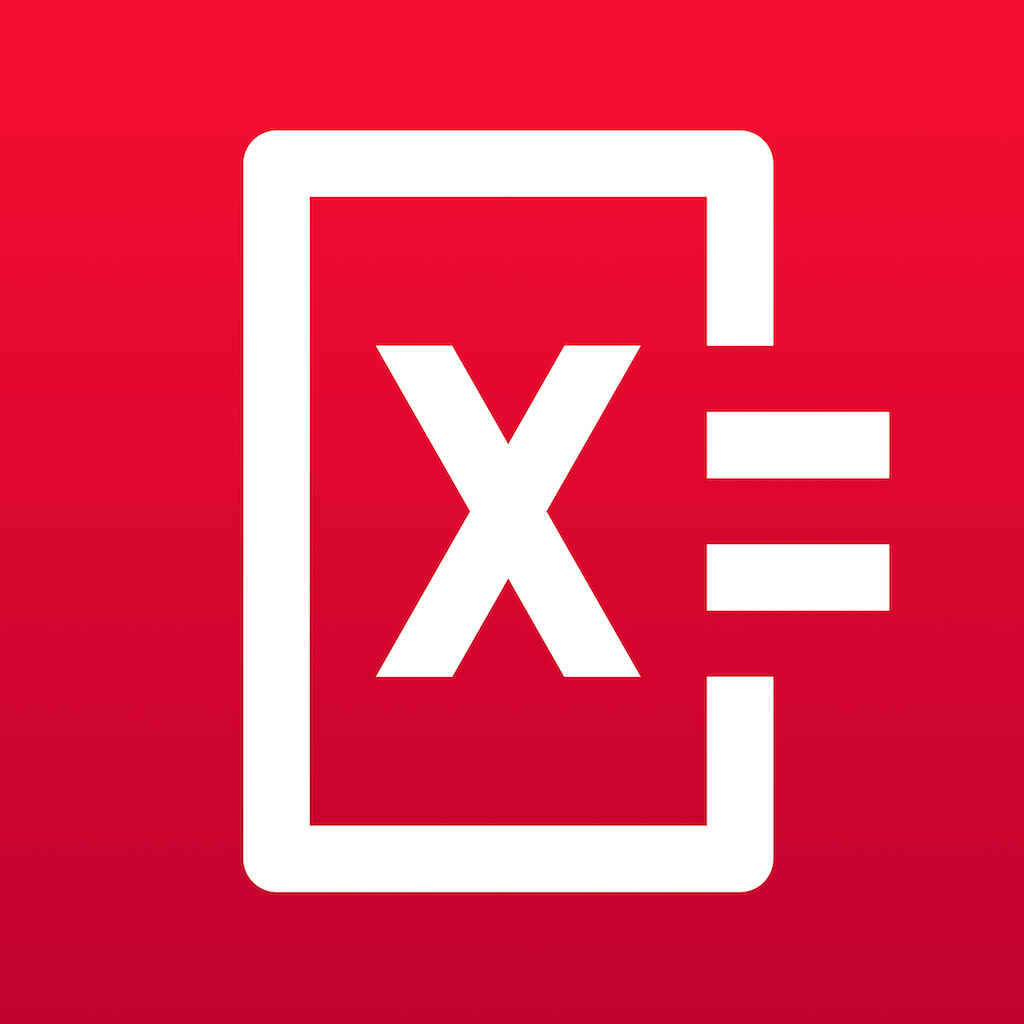|
By Graham K. Rogers

I am currently experiencing an annual event with my Thai Engineering students who are trying hard to write proposals for their senior year projects. Every year I complain that many of the mistakes that I am asked to identify and help them fix are errors in the basic English grammar that was taught to them at the Junior High level.
They learned the grammar points, passed the check-box exams easily and never had to use the grammar again for writing. My engineers are pretty bright and they are not alone in experiencing these problems: I see the same with students in international programs and with graduate students who think they know it already and see little need to check their writing.
I am not alone as some of my colleagues who teach engineering subjects that depend heavily on mathematical skills also complain that their students have not been taught the basics. Like me, they end up wasting much time re-emphasising the nuts and bolts of our respective subjects; although with English, I notice that some teach as if all that has to be done is copy and paste from sources.
In my pre-grammar school days, every morning was given over to hours of mathematics. By the time I went to the big boys' school I was able to do many calculations in my head. As the fundamentals had been so well taught, I still have a good capacity for basic calculations.
I therefore have a problem as a teacher when I see a clever app like PhotoMath that allows a user to solve a mathematical problem by pointing the iPhone (or iPad) camera at it.
The concept of PhotoMath itself is great, especially for those who have graduated and need to go through calculations quickly; or for those whose math is not as good as it could be, who might be asked to run a few calculations at work. My problem would be with learners (and their parents) who see this type of app as a short-cut to the answers and miss out the learning part.
A few years ago, I was asked to supervise an English sound lab: students listen to a tape of English and complete a sheet to indicate their competence. What most did - before I stopped the practice - was to listen once to the tape and copy the answers that had been posted on a board. Their own sheets were full of correct answers. They had learned nothing.
As many exams in this part of the world are based on ticking boxes, the students are taught how to pass the exams and are not taught the fundamental skills behind the questions. This has spawned a massive industry of tutoring schools that the youngsters attend in the hopes not of learning, but of passing the exams that will allow them to enter better schools and universities.
PhotoMath is a free app that has recently appeared in the Best new Apps section here. It works on the iPad and the iPhone. I examined it initially on the iPhone 6. The app is nicely made and opens with a clear screen showing how the app works, followed by a screen of warnings. The first is that handwriting cannot be used: problems must be printed. That is followed by the types of equations that cannot be solved. With no quadratic or trigonometric functions, systems or calculus, the usefulness of PhotoMath may be limited.
Despite the warning, I tried first with a couple of simple expressions on paper. The app did solve the first but there was no reaction afterwards. Any problems solved are filed in a list that is accessed from the main screen.
I tried a couple of basic equations in my text editor, TextWrangler, and these were solved in no time. As the app is working, it identifies the parts of the problem with small dots, then the solution is displayed in a red box. With more complex calculations, a second box appears marked, "Steps >>" allowing the stages to be examined. These stages are also available in the list of solved problems.
As TextWrangler was limited, I also wrote some equations in Apple TextEdit as that allows Superscript: for entries like X2 that complex equations might require.
PhotoMath is not optimised for the iPad so displays in the x1 or x2 screen sizes: highly usable nonetheless. It reacted as quickly as the iPhone to problems: a click indicating each part of the calculation. I suspect that more students would be using the larger device than the iPhone, especially in classrooms.
The display for both iOS devices has four icons at the bottom of the main screen: a list icon for recent calculations; a light to turn on the flash and illuminate the scene, which could be useful when working with textbooks; a bent arrow that shows the most recent calculation and any steps; and a question mark (?) which shows the opening screen-shot as well as the simple steps in how the app can be used.
PhotoMath most certainly has its uses and some would be able more easily to solve calculations that might take a few minutes otherwise. My problem comes with young learners whose parents either need to supervise their use of the app, should they find it installed, or use Parental Controls.
Better still, buy the child a pad of paper and a pen or pencil.
Graham K. Rogers teaches at the Faculty of Engineering, Mahidol University in Thailand where he is also Assistant Dean. He wrote in the Bangkok Post, Database supplement on IT subjects. For the last seven years of Database he wrote a column on Apple and Macs. He is now continuing that in the Bangkok Post supplement, Life.
|




